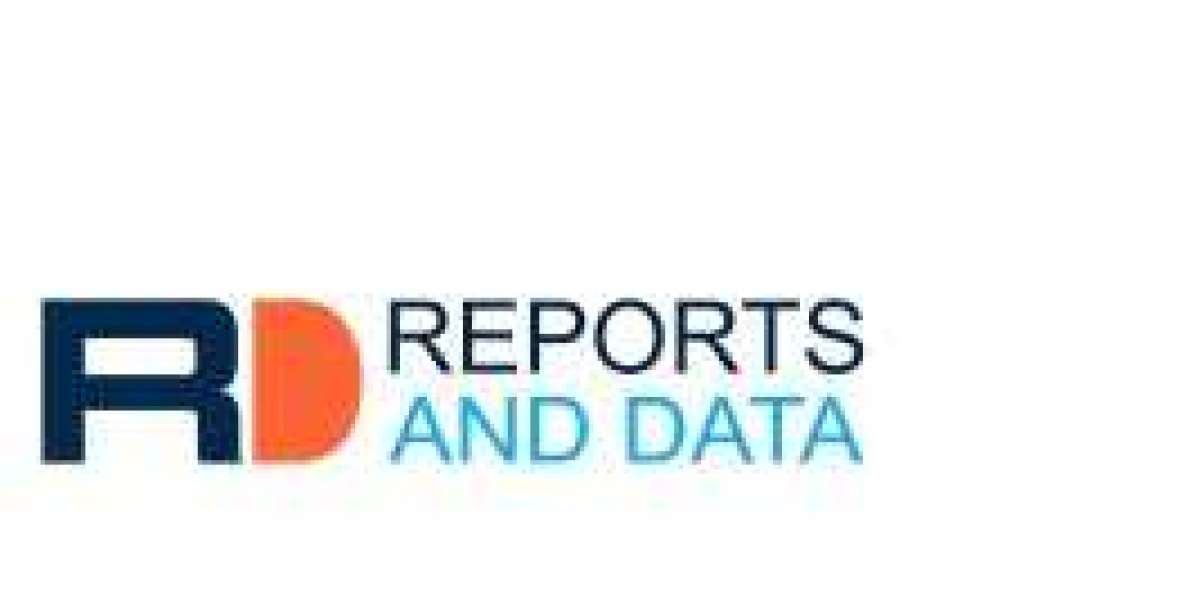The United States boasts one of the world's largest and most advanced economies, characterized by a diverse industrial base, technological innovation, and a highly skilled labor force. Analyzing the US economy provides insights into its complex mechanisms, strengths, challenges, and its significant role in the global economic landscape.
Historical Overview
The roots of the US economy trace back to its colonial days when agriculture was the dominant sector. The Industrial Revolution marked a turning point, transforming the US into an industrial powerhouse by the late 19th century. This period saw the rise of factories, mass production, and significant urbanization. The 20th century further cemented the US economy’s dominance through technological advancements, financial growth, and global trade expansion.
Key Economic Sectors
- Agriculture: While no longer the primary driver, agriculture remains vital, with the US being a leading producer of corn, soybeans, and beef.
- Manufacturing: The manufacturing sector includes aerospace, automotive, and consumer goods, contributing significantly to GDP and exports.
- Technology: The tech industry is a cornerstone of the US economy, with Silicon Valley being the global hub for innovation and tech entrepreneurship.
- Services: Financial services, healthcare, education, and retail are pivotal, collectively comprising the largest segment of the economy.
Economic Indicators
To understand the Introduction to The US Economy, it is essential to explore various economic indicators:
- Gross Domestic Product (GDP): The GDP measures the total value of goods and services produced. The US consistently ranks at the top globally, with a GDP exceeding $20 trillion.
- Unemployment Rate: This indicator reflects the percentage of the labor force that is unemployed and actively seeking employment. A lower rate indicates a healthy economy.
- Inflation Rate: Inflation measures the rate at which prices for goods and services rise, impacting purchasing power.
- Consumer Confidence Index: This index gauges consumer sentiment about the economy's current and future state, influencing spending behavior.
Government Role
The US government plays a crucial role in the economy through monetary and fiscal policies. The Federal Reserve (the Fed) regulates monetary policy by adjusting interest rates and controlling money supply to manage inflation and stabilize the economy. Fiscal policy, involving government spending and taxation, is used to stimulate economic growth or cool down an overheating economy.
Trade and Globalization
The US economy is deeply integrated into the global market. International trade is a significant component, with key trading partners including China, Canada, and Mexico. Trade policies, tariffs, and agreements like the United States-Mexico-Canada Agreement (USMCA) influence economic performance and diplomatic relations.
Challenges and Opportunities
Despite its strengths, the US economy faces several challenges:
- Income Inequality: The wealth gap continues to widen, raising concerns about social equity and economic stability.
- Healthcare Costs: High healthcare costs burden individuals and businesses, affecting overall economic efficiency.
- National Debt: The rising national debt poses risks to long-term economic sustainability.
- Climate Change: Environmental issues and the transition to a green economy require substantial investment and policy shifts.
However, there are also opportunities:
- Innovation and Technology: Continued leadership in technology and innovation can drive future economic growth.
- Renewable Energy: Investing in renewable energy sources presents economic and environmental benefits.
- Education and Workforce Development: Enhancing education and workforce skills can improve productivity and competitiveness.
Future Outlook
The future of the US economy will likely be shaped by technological advancements, demographic changes, and policy decisions. Adapting to these factors will be crucial for maintaining economic resilience and growth.
Conclusion
In summary, the Introduction to The US Economy reveals a dynamic and multifaceted system characterized by innovation, diversity, and global integration. Understanding its historical evolution, key sectors, economic indicators, and the challenges it faces provides a comprehensive view of what makes the US economy a powerhouse on the global stage. The path forward involves addressing existing challenges while leveraging opportunities to ensure sustainable growth and prosperity.
FAQs
- What is the current state of the US economy?
The US economy is currently robust, with high GDP, low unemployment rates, and strong consumer confidence. However, it faces challenges such as income inequality and rising national debt.
- How does the Federal Reserve influence the US economy?
The Federal Reserve influences the economy by setting interest rates and regulating the money supply. Its policies aim to control inflation, manage unemployment, and stabilize the financial system.
- What role does international trade play in the US economy?
International trade is crucial, with the US engaging heavily in exports and imports. Trade policies and agreements significantly impact economic performance and international relations.
- What are the main sectors driving the US economy?
Key sectors include technology, manufacturing, services, and agriculture. Each sector contributes uniquely to the overall economic landscape.
- What are some future challenges for the US economy?
Future challenges include addressing income inequality, managing healthcare costs, reducing national debt, and adapting to climate change while transitioning to a green economy.







